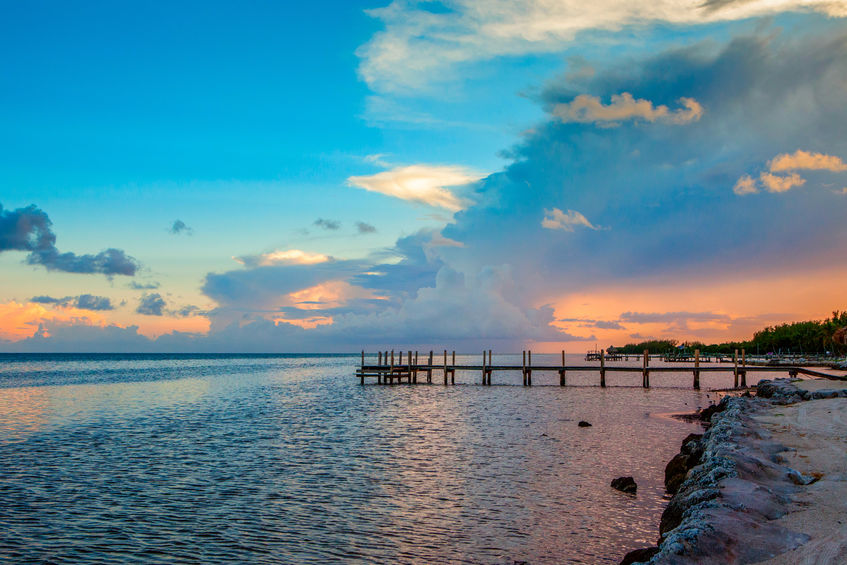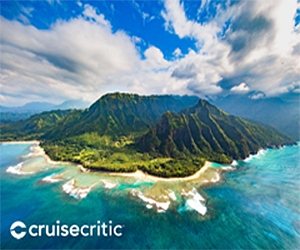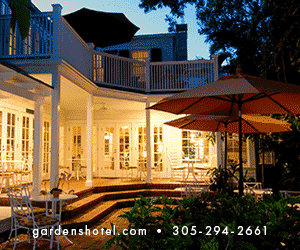More than just a playground for past and present pirates, Key West is one heck of a town. The island’s rich history is also a myriad of shipwreck treasures and artifacts, renowned artists and eccentrics, pioneering women, a cigar-making heyday, and a vibrant past as a bustling seaport.
Thanks to the island’s many museums, you can go beyond the hustle-bustle of Duval Street and delve into the cultural and historical richness that makes Key West the fascinating place that it is.
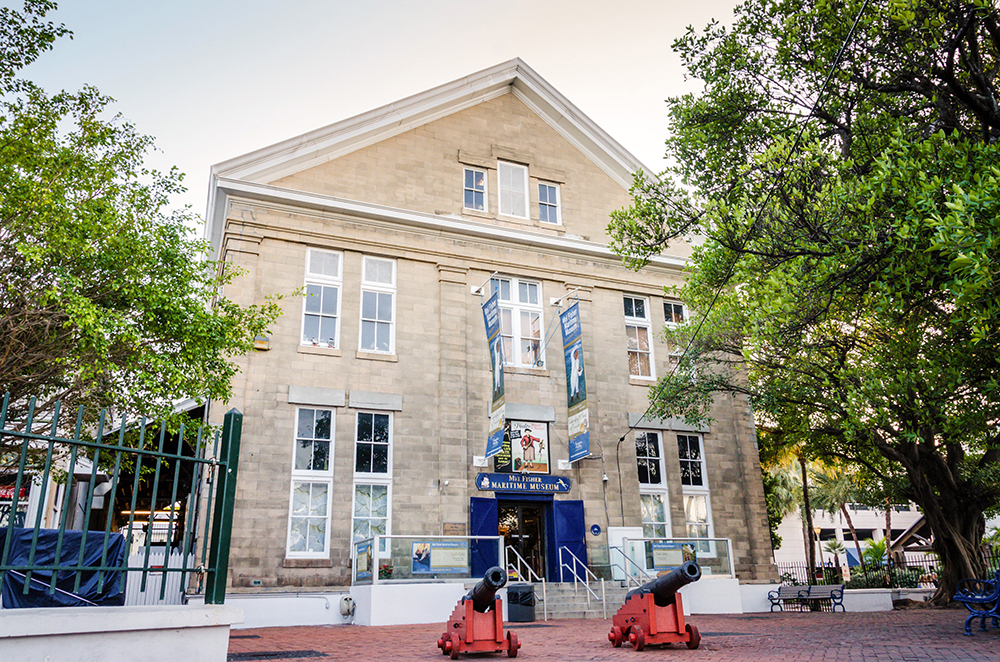 First up, the Mel Fisher Maritime Museum. Founded by the legendary shipwreck salvor who died in 1998, the museum holds the richest single collection of 17th-century maritime and shipwreck antiquities in the Western Hemisphere — most of them recovered from nearby waters.
First up, the Mel Fisher Maritime Museum. Founded by the legendary shipwreck salvor who died in 1998, the museum holds the richest single collection of 17th-century maritime and shipwreck antiquities in the Western Hemisphere — most of them recovered from nearby waters.
You can view gold, silver, emeralds, and priceless artifacts from the shipwrecked Spanish galleons Nuestra Señora de Atocha wrecked off Key West in 1622 and discovered by Fisher in 1985 after a 16-year search, as well as the illustrious Santa Margarita.
The museum’s transatlantic slave trade artifact collection is also fascinating. Artifacts from the English merchant slave vessel Henrietta Marie, which sank in 1700 near the Marquesas Keys, displays rare tangible evidence of a cruel period in history.
There are many other revolving exhibitions as well, including some that explore Key West’s close connection to Cuba. Anchored in the museum’s courtyard at 200 Greene Street is The Mariana — a 21-foot makeshift vessel that carried 24 Cubans from their homeland to Key West in 2015.
Just across the street at 281 Front Street, towering over Mallory’s historic seaport, the Key West Museum of Art & History at the Custom House is as stunning a sight today as it was when it opened in 1891. There are two entire floors of exhibitions that weave together two centuries of history, art, people, and events.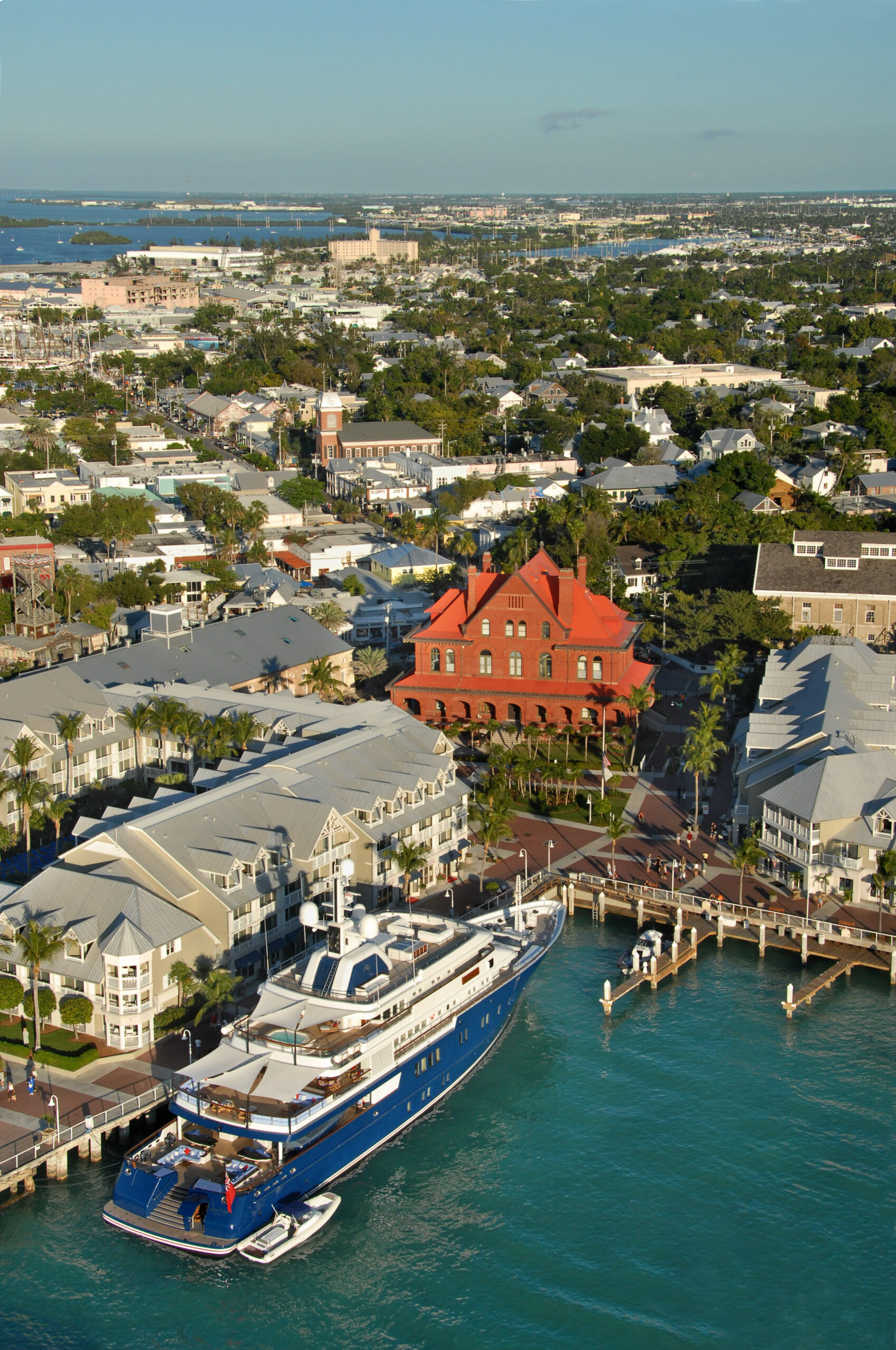
Originally home to the island’s customs office, postal service, and district courts, this four-story architectural marvel was built to keep pace with the increasing population and wealth accumulating from Key West’s lucrative trade routes and maritime industries.
Positioned adjacent to the US Naval Base, the Custom House was the site of many significant historical events, most notably the inquiry into the sinking of the USS Maine in Havana harbor in 1898.
Today, “Old 91” has been faithfully restored and stands on the harbor as a national landmark, an award-winning museum, and official headquarters of the Key West Art & Historical Society.
Not far away, located at Flagler Station in the Key West Historic Seaport, is the recently opened Sails to Rails Museum at 901 Caroline Street. This state-of-the-art museum features hands-on exhibits, intriguing video presentations, rare artifacts, and an outstanding scale model of Fort Jefferson. This Civil War-era fort is the massive centerpiece of Dry Tortugas National Park, a remote outpost that lies about 70 miles west of Key West in the Gulf of Mexico.
One of my favorite features at the Sails to Rails Museum is the interactive timeline of Key West history, where you can learn about the industries of sponge fishing, turtle harvesting, shipwreck salvage (also called wrecking), and cigar making.
The museum also includes an exhibit about Henry Flagler, the visionary who conceived the Florida Keys Over-Sea Railroad. Completed in 1912, the railroad connected the previously isolated Keys with the mainland and each other for the first time, forever changing the history of the island chain.
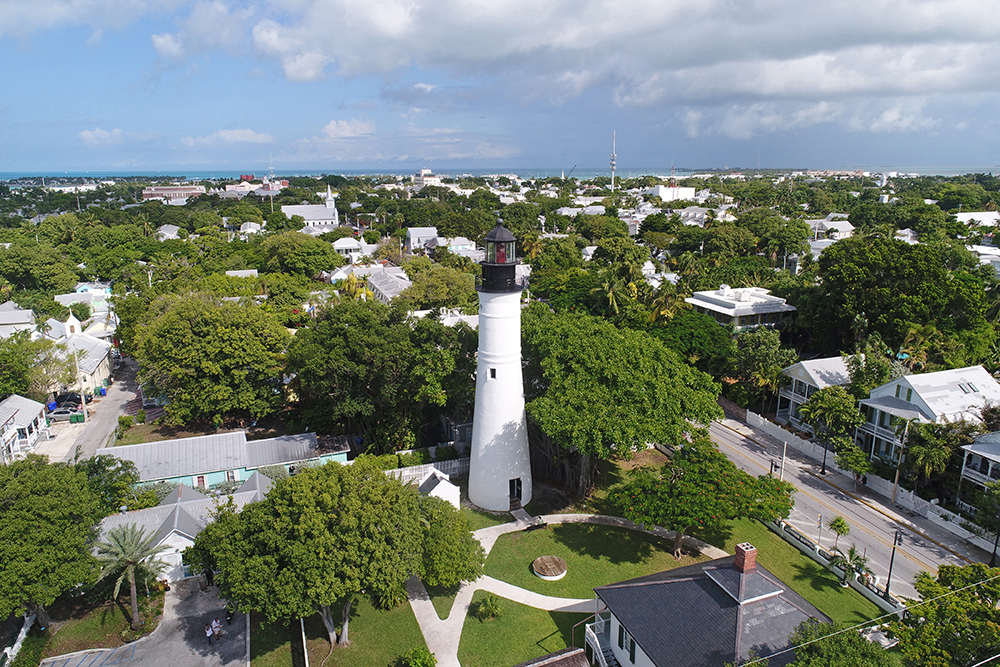 You can find even more unique elements of the city’s maritime heritage at the Key West Lighthouse and Keeper’s Quarters Museum at 938 Whitehead Street. The Lighthouse opened in 1848 with a woman as its keeper. The Lighthouse guided mariners through the region’s treacherous waters until it was decommissioned in 1969. The only US lighthouse within city limits, it stands beside the keepers’ quarters building — and is where you can learn the stories of the men and women who kept the light burning.
You can find even more unique elements of the city’s maritime heritage at the Key West Lighthouse and Keeper’s Quarters Museum at 938 Whitehead Street. The Lighthouse opened in 1848 with a woman as its keeper. The Lighthouse guided mariners through the region’s treacherous waters until it was decommissioned in 1969. The only US lighthouse within city limits, it stands beside the keepers’ quarters building — and is where you can learn the stories of the men and women who kept the light burning.
Now restored to an early 1900s appearance, the keepers’ quarters contain original artifacts, photographs, and other items relating to generations of lighthouse keepers. Climb the 88 steps to the top of the Lighthouse and get a great view of Key West.
Fort East Martello Museum at 3501 S. Roosevelt Blvd provides another window into Key West’s heritage and character; dating from 1862, the brick fortress-turned-museum is one of the country’s finest preserved examples of Martello-style military architecture.
The museum contains exhibits highlighting the eclectic and haunted aspects of the Keys. Particularly notable is “Stanley Papio — Junkyard Rebel,” commemorating the late metal sculptor whose quirky welded creations incorporate elements such as recycled car parts, appliances, pipes, and wire. The museum houses the world’s leading collection of Papio’s art, with more than 100 of the Key Largo artist’s works on display.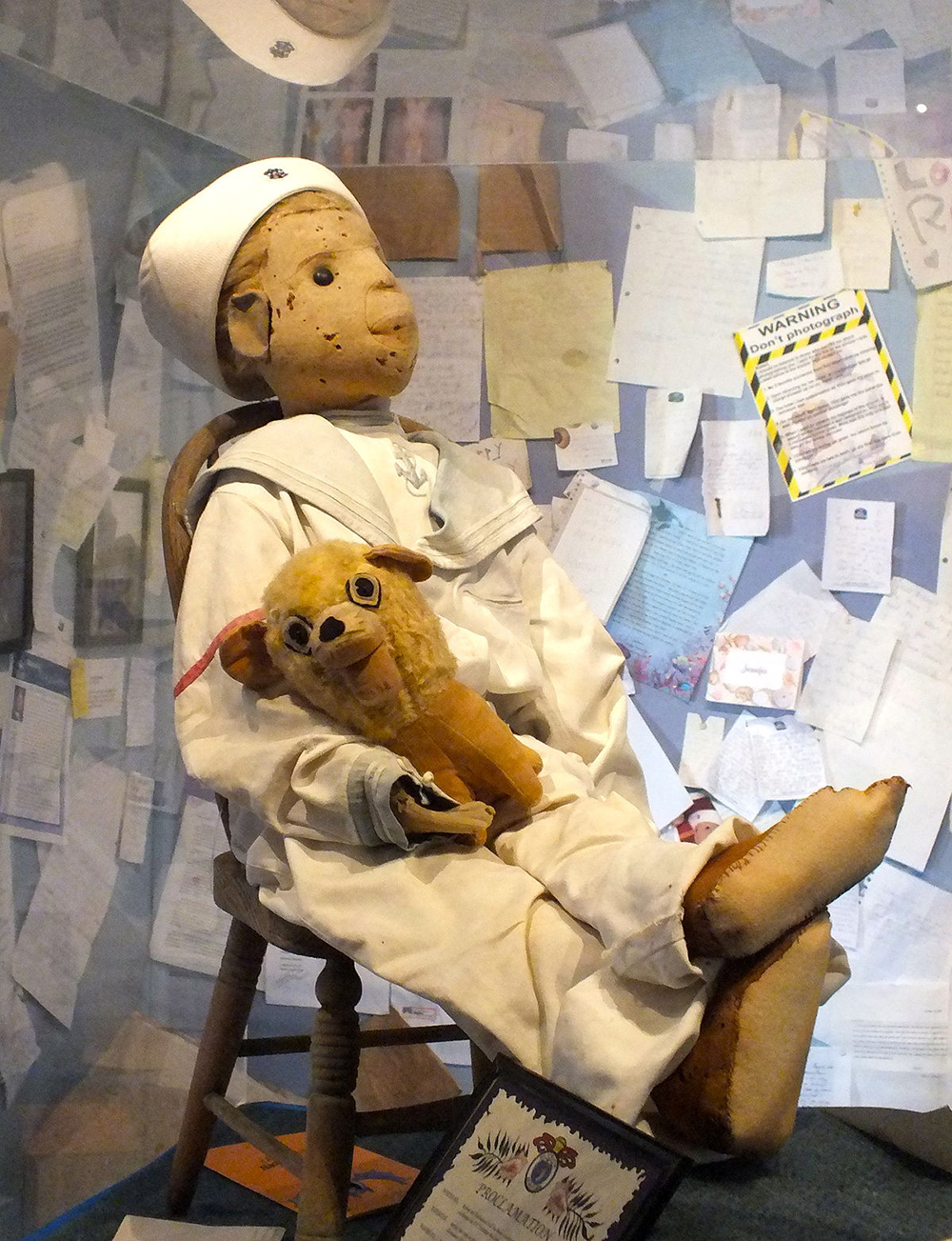
Chief among the artifacts recalling the city’s haunted past is internationally renowned Robert the Doll — an eerie 41-inch doll whose persona intrigues paranormal investigators, museum visitors, and Robert’s nearly 10,000 Facebook followers!
So now you know that Key West is not just about drinking and eating — it’s a world of history waiting to be explored.
Now go! Have some fun!

